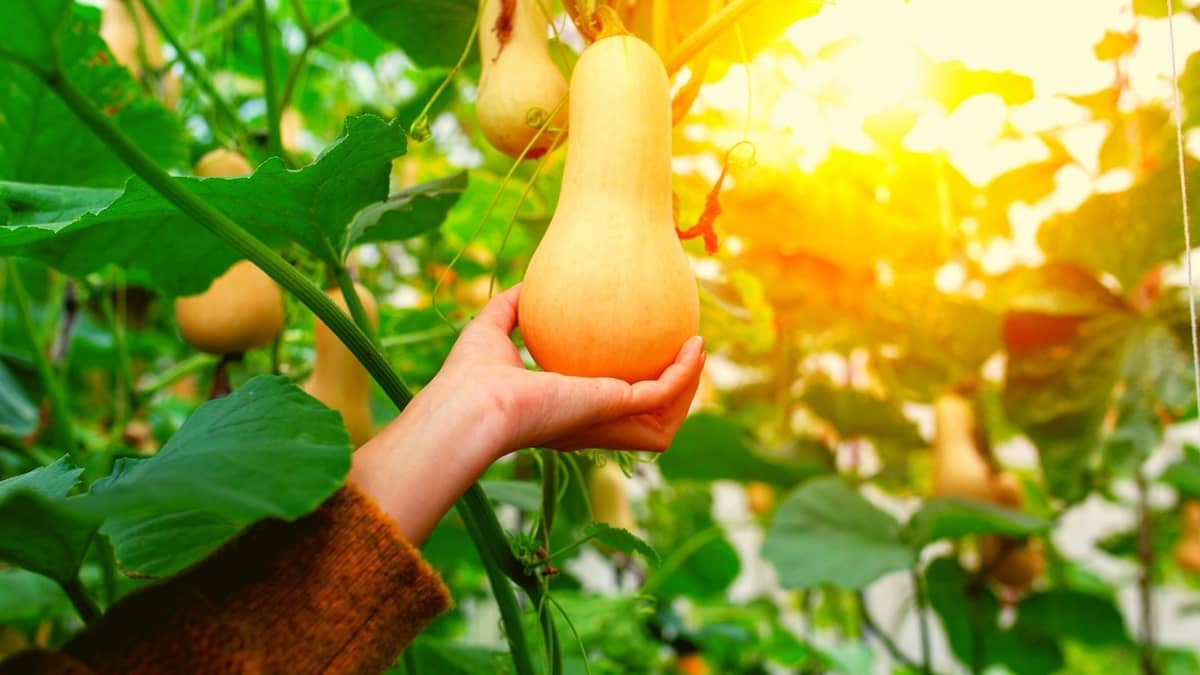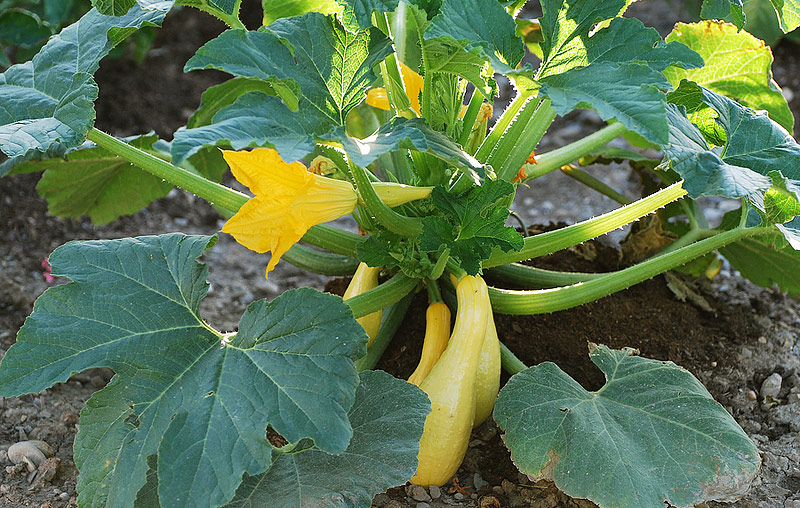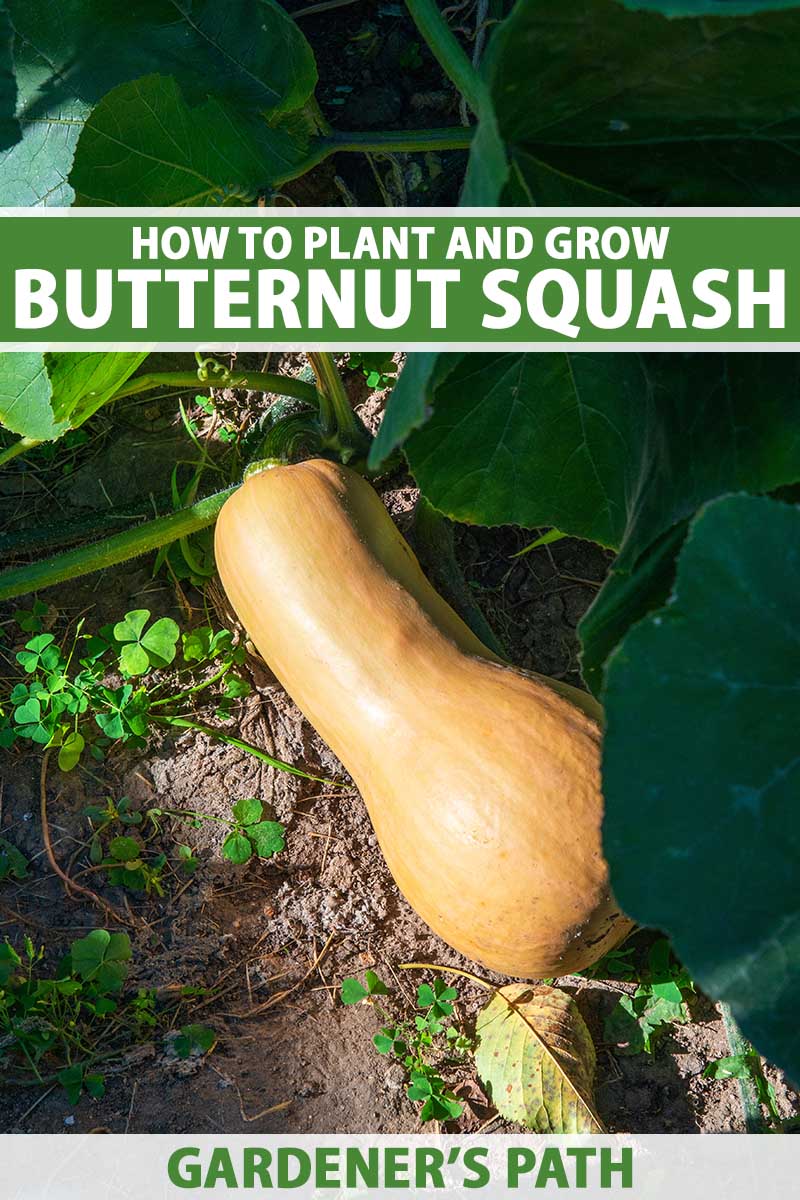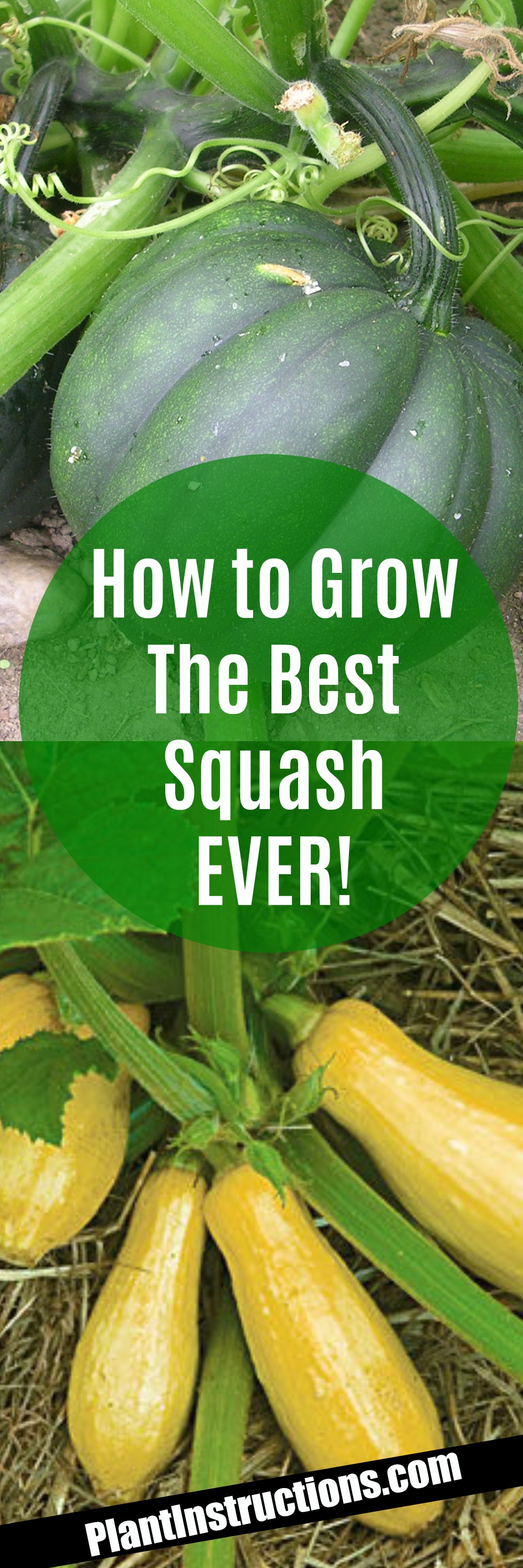Unlocking the Potential of Indoor Squash Gardening
Growing squash indoors is a viable option for gardeners who want to enjoy a bountiful harvest year-round, regardless of the outside weather conditions. With the right techniques and conditions, anyone can successfully grow squash indoors, making it an ideal choice for urban gardeners, those with limited outdoor space, or those who want to extend the growing season. One of the most significant advantages of indoor squash gardening is the ability to control the environment, which reduces the risk of pests and diseases. By providing optimal growing conditions, indoor squash plants can thrive, producing a high yield of delicious and nutritious fruit.
Indoor squash gardening also offers the benefit of space-saving, as compact or dwarf varieties can be grown in containers or vertically, making it an excellent option for small spaces. Additionally, indoor squash plants can be grown using hydroponics or aeroponics, which can increase yields and reduce water consumption. With the rise of indoor gardening, it’s now possible to grow a wide range of squash varieties indoors, including summer squash, winter squash, and even pumpkins.
For those wondering, “can you grow squash indoors?”, the answer is a resounding yes. With a little creativity and the right equipment, anyone can enjoy a thriving indoor squash garden. Whether you’re a seasoned gardener or just starting out, growing squash indoors is a great way to enjoy the benefits of gardening year-round.
Choosing the Right Squash Variety for Indoor Growing
When it comes to growing squash indoors, selecting the right variety is crucial for success. Compact, bush-type, or dwarf varieties are ideal for indoor growing conditions, as they require less space and can thrive in containers or vertically. Some popular varieties for indoor growing include ‘Bush Crookneck’, ‘Pattypan’, and ‘Round Robin’. These varieties are specifically bred for their compact growth habit and high yields, making them perfect for indoor squash gardens.
Other factors to consider when choosing a squash variety for indoor growing include days to maturity, fruit size, and disease resistance. Look for varieties that mature quickly, typically within 35-45 days, to ensure a fast turnaround and continuous harvest. Fruit size is also important, as larger fruits may require more space and support. Finally, choose varieties with built-in disease resistance to reduce the risk of common squash diseases.
Some popular hybrid squash varieties for indoor growing include ‘Tromboncino’ and ‘Zucchini’. These varieties offer improved disease resistance and higher yields, making them a great choice for indoor squash gardens. When selecting a variety, be sure to read the seed package or consult with a gardening expert to ensure you’re choosing the best variety for your specific indoor growing conditions.
Providing Optimal Growing Conditions for Indoor Squash
Creating an ideal environment is crucial for growing squash indoors. Temperature, humidity, light, and soil requirements must be met to ensure optimal growth and fruit production. Squash plants prefer daytime temperatures between 65-75°F (18-24°C) and nighttime temperatures around 55-65°F (13-18°C). A consistent temperature range is essential, as fluctuations can stress the plants and reduce yields.
Humidity is also an important factor, as squash plants thrive in a relatively high humidity environment, typically between 50-70%. To maintain optimal humidity levels, consider using a humidifier or grouping plants together to create a microclimate. Additionally, ensure good air circulation to prevent fungal diseases and promote healthy growth.
Light is another critical factor for indoor squash growth. Most squash varieties require at least 6 hours of direct sunlight per day. If natural light is limited, consider using grow lights to supplement the existing light. LED grow lights are a popular choice, as they are energy-efficient and produce minimal heat. When using grow lights, maintain a distance of 6-12 inches between the light source and the plants to prevent burning.
Soil requirements for indoor squash are similar to those for outdoor squash. Use a well-draining potting mix specifically designed for indoor plants, and avoid using garden soil from outdoors, as it can compact and prevent proper drainage. Fertilize the soil regularly, using a balanced fertilizer that promotes healthy growth and fruit production.
By providing optimal growing conditions, including temperature, humidity, light, and soil requirements, you can successfully grow squash indoors and enjoy a bountiful harvest. Whether you’re a seasoned gardener or just starting out, creating an ideal environment is key to unlocking the potential of indoor squash gardening.
How to Plant and Train Indoor Squash for Maximum Yield
Planting and training indoor squash plants requires careful attention to detail to ensure optimal growth and fruit production. Start by selecting a container that is at least 5-7 gallons in size to provide enough room for the roots to grow. Fill the container with a well-draining potting mix, and plant the squash seeds about 1 inch deep and 2-3 inches apart.
Once the seeds have germinated, provide support for the plants using trellises, cages, or other support systems. This will help the plants grow upright and make the most of the available space. Train the vines to climb up the support system by gently twining them around the structure.
Pruning is also an essential part of training indoor squash plants. Remove any weak or spindly growth to promote healthy development and encourage fruiting. Use clean and sharp pruning tools to prevent spreading diseases.
As the plants grow, provide regular fertilization to promote healthy growth and fruit production. Use a balanced fertilizer that is specifically formulated for indoor plants, and follow the instructions on the label for application rates.
By following these steps and providing the right conditions, you can successfully grow squash indoors and enjoy a bountiful harvest. With the right techniques and conditions, anyone can grow squash indoors and enjoy the many benefits of this versatile and nutritious crop.
Managing Pests and Diseases in Indoor Squash Crops
Indoor squash plants can be susceptible to pests and diseases, just like their outdoor counterparts. However, with the right management strategies, you can prevent and control these issues and ensure a healthy and productive crop. Some common pests that can affect indoor squash plants include aphids, whiteflies, and spider mites.
Aphids are small, soft-bodied insects that feed on plant sap, causing curled or distorted leaves. Whiteflies are tiny, winged insects that feed on plant sap, causing yellowing or stunted growth. Spider mites are tiny, spider-like insects that feed on plant sap, causing yellowing or bronzing of leaves.
To prevent and control these pests, use organic and integrated pest management methods. Inspect your plants regularly for signs of pests, and use neem oil, insecticidal soap, or horticultural oil to control infestations. Also, maintain good air circulation, water carefully, and fertilize regularly to promote healthy growth and prevent pest problems.
Indoor squash plants can also be susceptible to diseases, such as powdery mildew, downy mildew, and fusarium wilt. Powdery mildew is a fungal disease that causes a white, powdery coating on leaves. Downy mildew is a fungal disease that causes yellowing or stunted growth. Fusarium wilt is a fungal disease that causes wilting or yellowing of leaves.
To prevent and control these diseases, use good sanitation practices, such as removing infected leaves or plants, and disinfecting tools and equipment. Also, maintain good air circulation, water carefully, and fertilize regularly to promote healthy growth and prevent disease problems.
By following these tips and using organic and integrated pest management methods, you can prevent and control pests and diseases in your indoor squash crop and enjoy a healthy and productive harvest.
Fertilizing and Watering Indoor Squash for Healthy Growth
Fertilizing and watering are crucial for the healthy growth and development of indoor squash plants. A balanced fertilizer that is specifically formulated for indoor plants should be used to provide the necessary nutrients for growth and fruit production. Look for a fertilizer that contains a balanced mix of nitrogen, phosphorus, and potassium, and follow the instructions on the label for application rates.
Compost tea is another excellent way to fertilize indoor squash plants. Compost tea is a liquid solution made by steeping compost in water, and it is rich in beneficial microorganisms that can help to promote healthy growth and fruit production. To make compost tea, simply steep a cup of compost in a gallon of water for 24-48 hours, and then strain the liquid and use it as a fertilizer.
Watering is also critical for indoor squash plants. Overwatering can lead to root rot and other problems, while underwatering can cause stress and reduce fruit production. Check the soil regularly to ensure that it is moist but not waterlogged, and water only when necessary. Drip irrigation systems are an excellent way to water indoor squash plants, as they deliver water directly to the roots and reduce evaporation and runoff.
By fertilizing and watering indoor squash plants properly, you can promote healthy growth and fruit production, and enjoy a bountiful harvest. Whether you’re growing squash indoors for the first time or are a seasoned pro, following these tips can help you to achieve success and enjoy the many benefits of indoor squash gardening.
Common Challenges and Solutions for Indoor Squash Growing
Indoor squash growing can be a rewarding and productive experience, but it can also come with its own set of challenges. Some common challenges faced by indoor squash growers include low light, temperature fluctuations, and pollination issues. In this section, we will address these challenges and provide solutions and troubleshooting tips to overcome them.
Low light is a common challenge for indoor squash growers, especially during the winter months when natural light is scarce. To overcome this challenge, consider using grow lights to supplement the natural light. LED grow lights are a popular choice, as they are energy-efficient and produce minimal heat. Place the grow lights 6-12 inches above the plants and adjust the duration and intensity of the light to meet the needs of your squash plants.
Temperature fluctuations can also be a challenge for indoor squash growers. Squash plants prefer daytime temperatures between 65-75°F (18-24°C) and nighttime temperatures around 55-65°F (13-18°C). To maintain a consistent temperature, consider using a thermostat or a temperature-controlled growing system. Avoid placing your squash plants near heating or cooling vents, fireplaces, or drafty windows.
Pollination issues can also be a challenge for indoor squash growers. Squash plants require pollination to produce fruit, and indoor growing conditions can make it difficult for pollinators to access the plants. To overcome this challenge, consider using a small, soft-bristled brush to gently transfer pollen from the male flowers to the female flowers. You can also use a pollination tool or a small, vibrating device to simulate the vibration of a bee.
By understanding and addressing these common challenges, you can overcome them and enjoy a successful and productive indoor squash growing experience. Whether you’re a seasoned grower or just starting out, with the right techniques and conditions, you can grow delicious and nutritious squash indoors.
Harvesting and Enjoying Your Homegrown Indoor Squash
Harvesting and enjoying your homegrown indoor squash is the final step in the indoor squash growing process. With proper care and attention, your indoor squash plants should produce a bountiful harvest of delicious and nutritious fruit. In this section, we will discuss the best practices for harvesting and storing indoor squash, including how to determine ripeness, handle the fruit, and preserve the crop for future use.
Determining ripeness is crucial when harvesting indoor squash. Check the fruit regularly for signs of ripeness, such as a hard rind, a sweet aroma, and a slightly soft spot on the underside. Use scissors or a sharp knife to cut the fruit from the vine, leaving a small piece of stem attached to the fruit.
Handle the fruit gently to avoid bruising or damaging the skin. Store the harvested squash in a cool, dry place, such as a pantry or cupboard. Do not wash the fruit before storing, as excess moisture can cause rot and spoilage.
Preserving the crop for future use is also an important consideration. Indoor squash can be preserved through various methods, including canning, freezing, and dehydrating. Canning is a popular method for preserving squash, as it allows for long-term storage and retention of nutrients. Freezing is another option, as it helps to preserve the texture and flavor of the fruit. Dehydrating is also a great way to preserve indoor squash, as it removes excess moisture and helps to prevent spoilage.
By following these best practices for harvesting and storing indoor squash, you can enjoy a bountiful harvest of delicious and nutritious fruit. Whether you’re a seasoned grower or just starting out, growing squash indoors can be a rewarding and productive experience. With the right techniques and conditions, anyone can successfully grow squash indoors and enjoy the many benefits of this versatile and nutritious crop.









